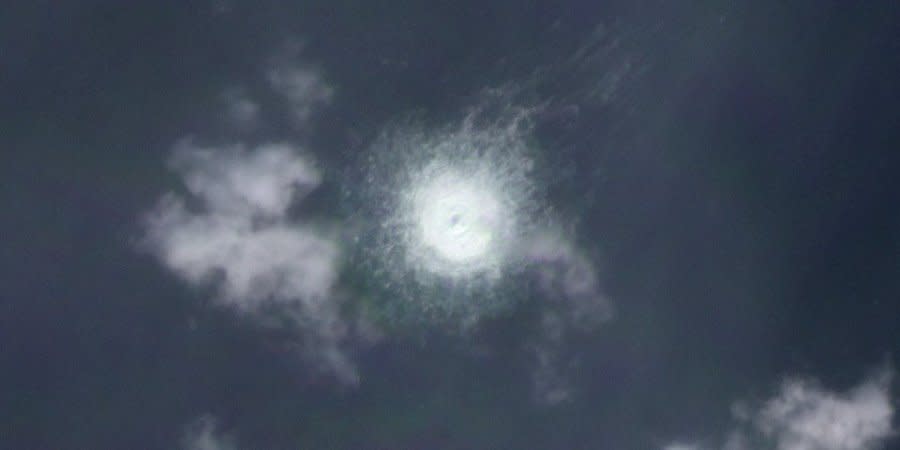Russian warships, submarines spotted near Nord Stream gas leak sites, reports CNN

Those sources added that last week, Russian submarines were also observed in that area.
Read also: Nearly simultaneous leaks in Nord Stream undersea gas pipelines ‘could be sabotage’
It is currently not established whether those Russian ships had anything to do with the damage to the pipelines. However, their presence has raised suspicions of Russian involvement in the leaks, which the EU have categorized as sabotage.
According to the Danish military, Russian ships regularly operate in the area, and it does not necessarily follow that the damage was caused by Moscow.
"We see them every week,” the Danish military official said.
“Russian activities in the Baltic Sea have increased in recent years. They’re quite often testing our awareness – both at sea and in the air."
Read also: Gazprom concocts new excuses to continue shutdown of Nord Stream-1
U.S. officials declined to comment on the presence of Russian ships near the damaged pipelines, and so far, European governments have also declined to name any possible suspects for the suspected attack.
Denmark and Sweden are investigating the incident, as the leaks are located in their exclusive economic zones, but details of the damage are thus far unclear. According to one European official, it could take up to two weeks for the investigation to begin properly, as the pressure in the pipes makes it difficult to approach the leak site.
Russia has called for a meeting of the UN security council as a result of the leaks.
Officials in the United States, Europe, and Ukraine had been warning for months that critical infrastructure in Western countries could be targeted by Russia amid military and financial support for Kyiv in its fight against a full-scale Russian invasion.
Read also: Fourth gas leak discovered near Nord Stream pipelines, reports Swedish Coast Guard
The first report of an incident involving the Russia-Europe Nord Stream pipelines occurred on Sept. 26, when the pressure suddenly dropped in the Nord Stream-2 pipeline. On Sept. 27, reports emerged of a similar issue with Nord Stream-1. Both gas pipelines, passing along the bottom of the Baltic Sea off the coast of Sweden and Denmark, were not operational – but were still filled with technical gas for pressurization.
The pressure drop was recorded at a section of the pipeline located at a depth of about 70 meters near the Danish island of Bornholm in the Baltic Sea - just outside the territorial waters of Denmark, but in its exclusive economic zone.
In total, three major leaks were recorded in the space of days. On Sept. 29, the Swedish Coast Guard reported a fourth gas leak.
Read also: Europe can win Putin’s gas war but must learn Nord Stream lessons
Following the pressure drops, three large gas leaks were discovered, as well as evidence of underwater explosions along the pipeline routes. Bjorn Lund, professor at the Swedish National Seismic Center SNSN, said that these explosions were obviously artificial, and not geological in nature.
German security services assume that both lines of the Nord Stream-1 pipeline, and one line of the Nord Stream-2 pipeline, will forever be unusable after these explosions, writes German newspaper Der Tagesspiegel.
Read the original article on The New Voice of Ukraine

